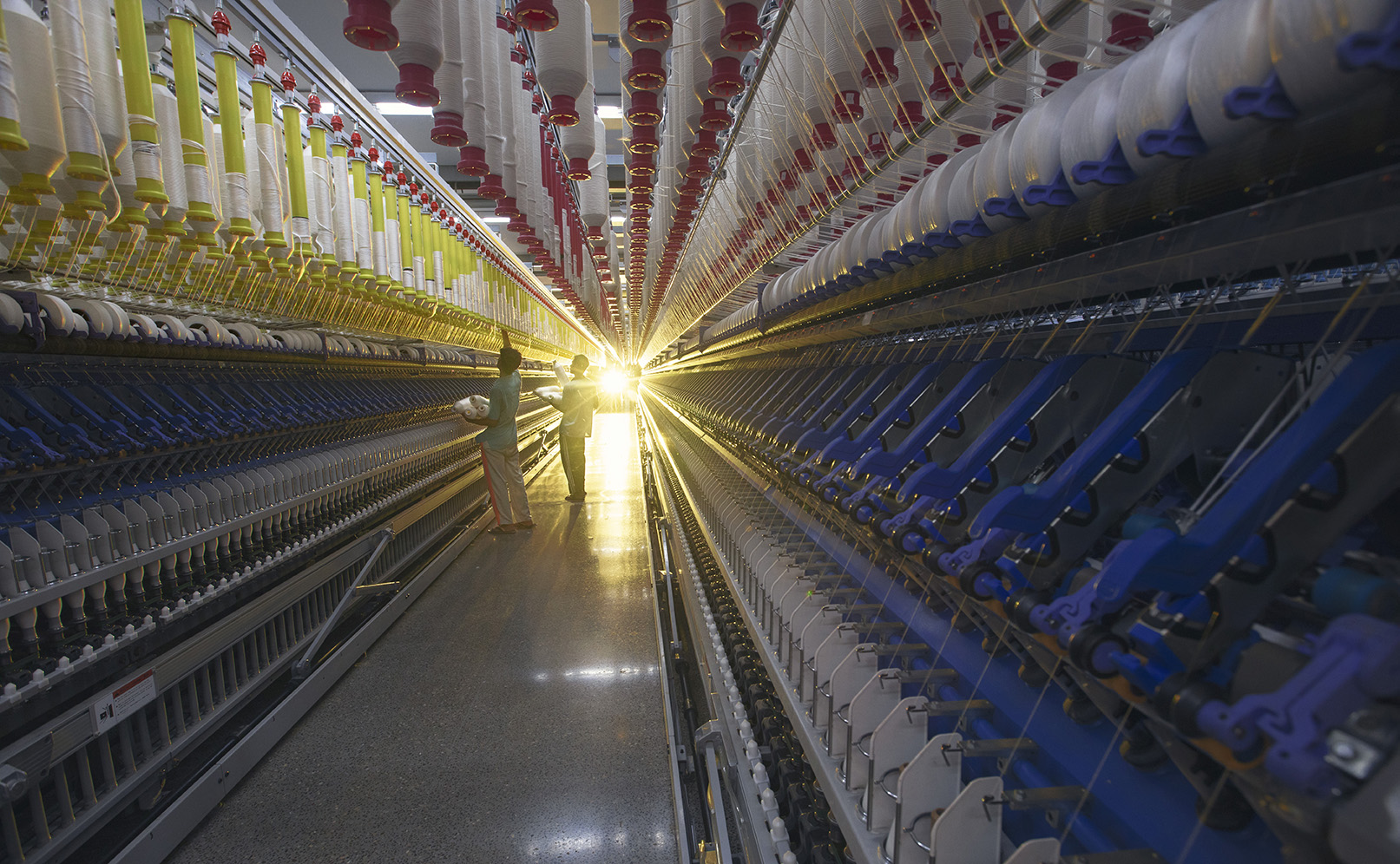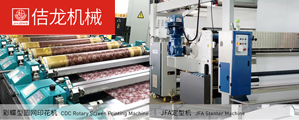Small and medium-sized yarn mills’ orders are relatively more, textile enterprises also have concerns?
Jun 24, 2021 | by Zhao Xinhua

Recently, the local cotton spot price in Yancheng, Jiangsu has risen slightly, and the price of yarn is also increasing slightly. Therefore, the production and operation of most small and medium-sized textile enterprises is improving.
Despite this, quite a few of the interviewed companies do not have large inventories, and the purchase of raw materials and the delivery of finished products are all controlled within a small amount (the average raw cotton inventory is about 1 month, and the product inventory is controlled at about 10 days). It is reported that there are relatively many orders from small and medium-sized yarn mills and cloth mills in the coastal areas of Jiangsu and Zhejiang. They focus on how to complete the order tasks and order continuity with quality and quantity.
According to feedback from cotton spinning mills in Jiangsu, Henan, Anhui and other places, Zheng Cotton’s CF2109 contract has continued to be 15500-16000 yuan/ton in the past week or so; the pressure on the cotton yarn warehouse in cotton spinning mills is still low, and the production and sales of C21S-C40S are relatively smooth (some spinning Enterprises reported that the supply of C32S and C40S medium and high-end supply is slightly tight), so the cotton yarn quotation remains at the level of mid-May.
According to the survey, the current orders from some spinning mills lasted until mid-to-late June, and the price fluctuations of raw materials such as cotton, polyester staple fiber, viscose staple fiber in April and May, as well as the sales quotation of cotton yarn and polyester/cotton yarn, the spinning net profit of cotton mills is at a high level; coupled with the payment recovery and working capital gradually improved compared with the previous period, the ability to resist risks is relatively strong. A textile company in Jiangsu reported that in recent days, downstream cloth mills, traders and other customers have reduced inquiries and delivery, and market concerns have increased, focusing on the following points:
First, the return orders from Europe, America, India, etc. are not sustainable as the pandemic situation in India, Bangladesh, Pakistan and other countries is gradually controlled; second, by convention, June/July domestic sales into the off-season; third, the surge of sea freight, and the serious accumulation of goods in some ports in Europe and the United States, resulting in the increase of demurrage costs; fourthly, textile enterprises are worried that once the RMB appreciates substantially, there will be no profit or even loss.








